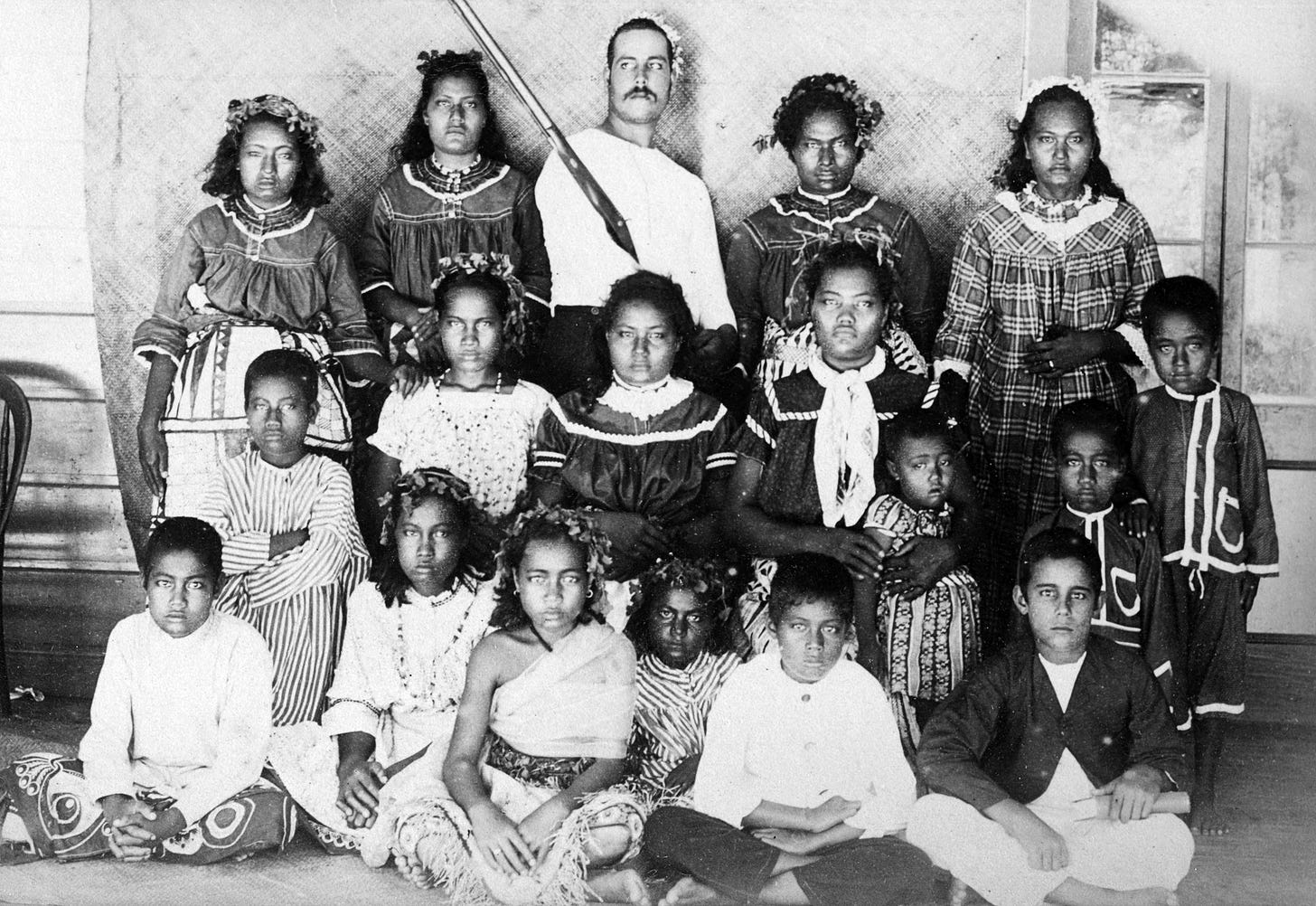Chinese missile tracking and spy ship in Fiji… below
It's something of a geographic fluke that the closest point between the sovereign land of Aotearoa/New Zealand and the United States happens to be in the middle of the Pacific Ocean. That this is little known in either country has, perhaps, much to do with them both being colonies and population.
Fakaofo, part of the Aotearoa realm, has just 140 New Zealand citizens (depending on when a ship last called) while the United States claimed Olohega is empty, albeit in private and disputed ownership. Fakaofo is one of the three atolls of Tokelau and despite the 1980 Treaty of Tokehega they want Olohega back.

While Tokelauans call the 2.4 square kilometre atoll Olohega, the US calls it Swains Island, after a mysterious Captain Swain of Nantucket. It’s part of the US colony of American Sāmoa which, like Tokelau, is on the United Nations list of non-self governing territories in need of decolonisation.
Behind the legal technicalities, Olohega has a complex and sad story of enslavement, killings, lies and theft which have meant its political status is dubious. Writing The Question Of Olohega: Part Two in Asia-Pacific Journal: Japan Focus (part one was published in 2021) American writer and artist Laray Polk says Tokelau is officially comprised of three islands: Atafu, Nukunonu, and Fakaofo. But many people believe there is a fourth island in the group, Olohega. In part one she writes:
‘“The Question of Olohega” is fundamentally a question for the 21st century after 160 years of injustice: How did one island in the South Pacific take on so much importance, and why hasn’t the initial fraud ever been tested in a court of law?’
Keep reading with a 7-day free trial
Subscribe to Michael Field's South Pacific Tides to keep reading this post and get 7 days of free access to the full post archives.



